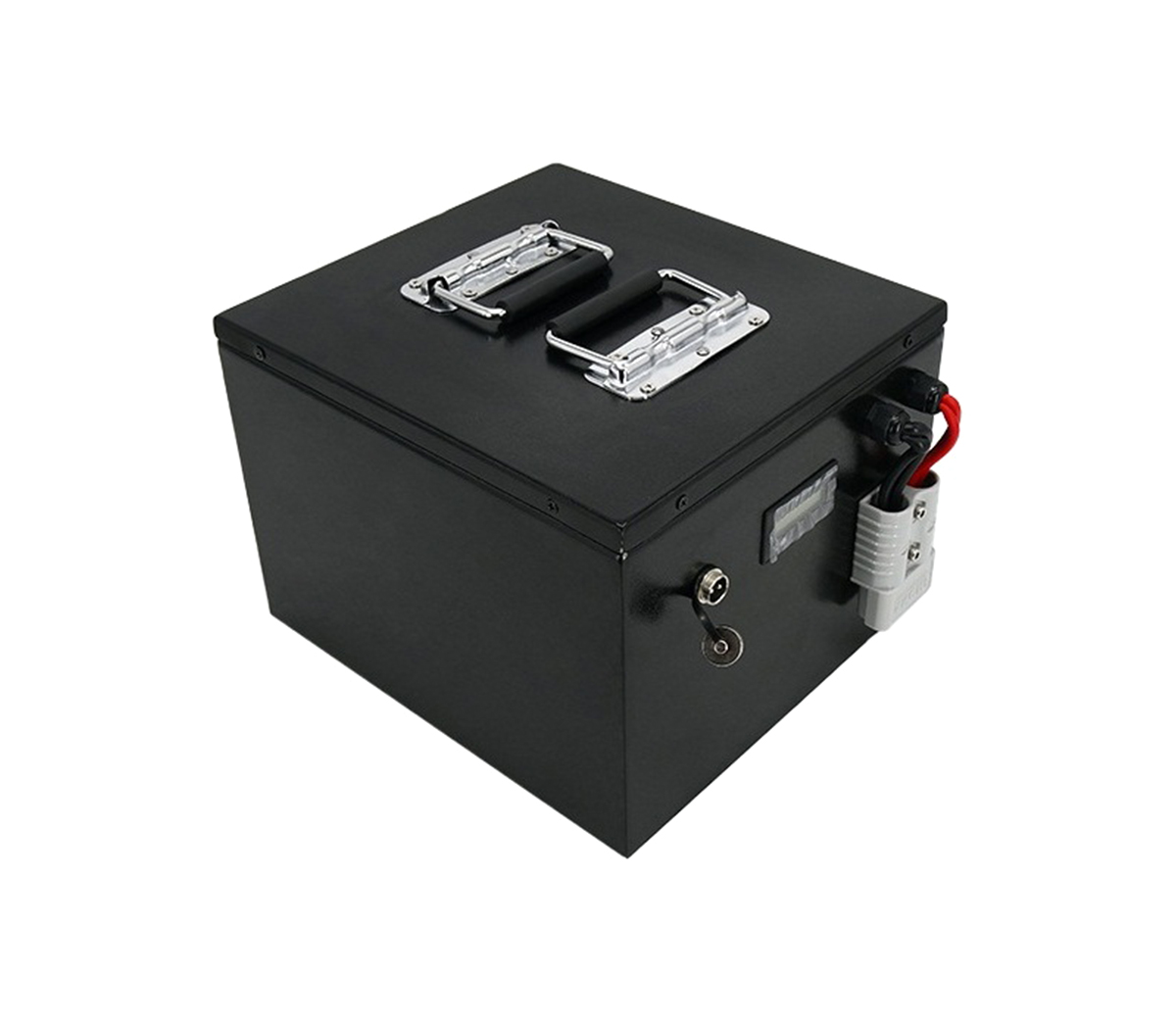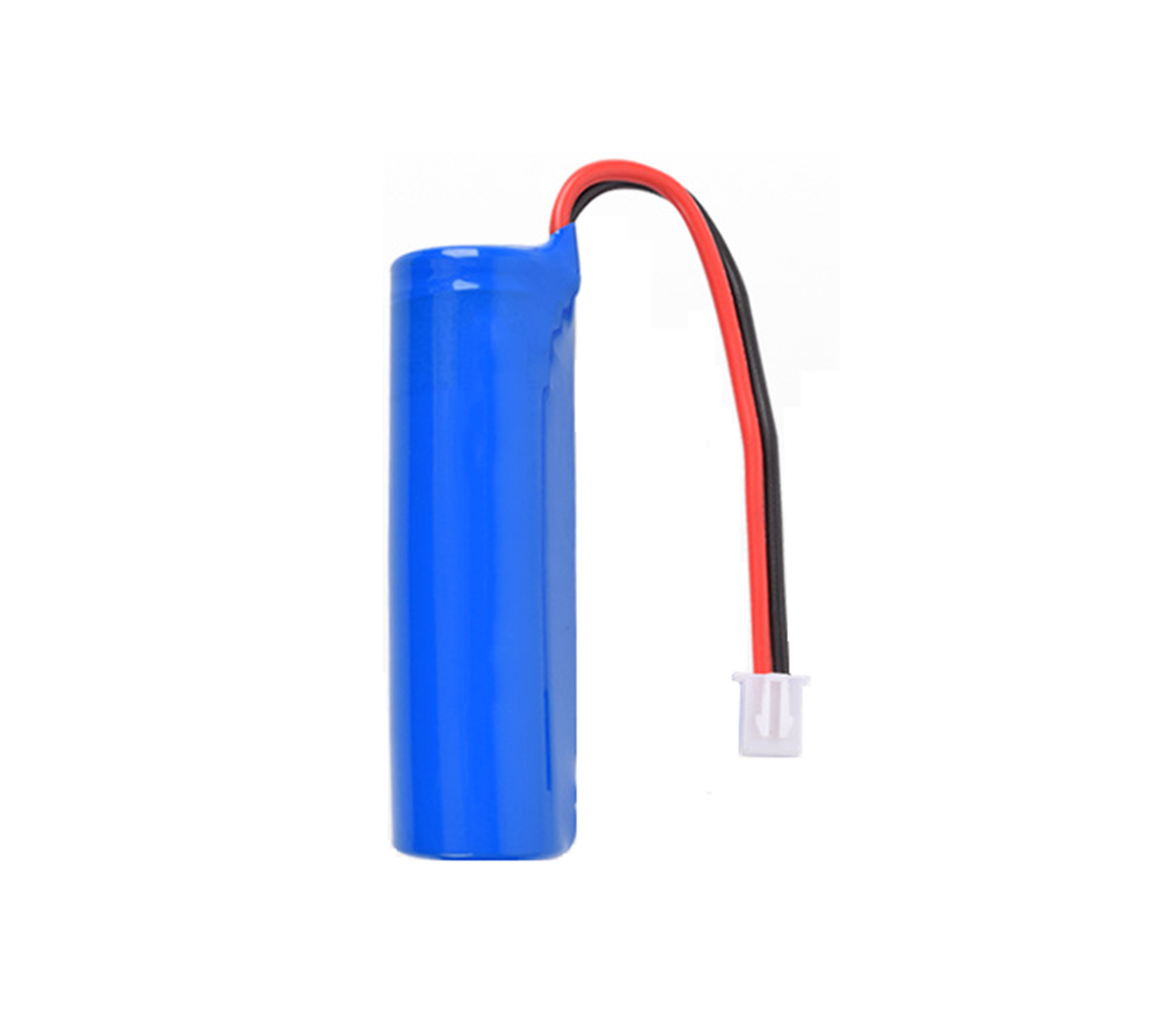Important research and development directions in the lithium battery
industry
In other electrical equipment, such as: energy storage equipment, power
tools, electric vehicles, etc., lithium-ion batteries with lighter weight,
smaller volume, higher output voltage and power density are also being
continuously developed, so the development of high energy density lithium Ion
batteries are an important research and development direction in the lithium
battery industry.
With the continuous increase in the capacity requirements of lithium-ion
batteries for electrical equipment, people's expectations for the improvement of
the energy density of lithium-ion batteries are getting higher and higher. In
particular, various portable devices such as smart phones, tablet computers, and
notebook computers place higher requirements on lithium-ion batteries that are
small in size and have a long standby time. Also in other electrical equipment,
such as: energy storage equipment, power tools, electric vehicles, etc. are also
constantly developing lighter weight, smaller size, higher output voltage and
power density of lithium-ion batteries, so the development of high energy
density Lithium-ion batteries are an important research and development
direction in the lithium battery industry.
The background of the development of high-voltage lithium-ion batteries
In order to design a high-energy density lithium-ion battery, in addition
to continuous optimization of its space utilization, the compact density and
gram capacity of the battery's positive and negative materials are improved, and
high-conductivity carbon nano and polymer binders are used to improve the
positive and negative electrodes. In addition to the active material content,
increasing the working voltage of a lithium-ion battery is also one of the
important ways to increase the energy density of the battery.
The cut-off voltage of lithium-ion batteries is gradually transitioning
from the original 4.2V to 4.35V, 4.4V, 4.45V, 4.5V and 5V. The 5V
nickel-manganese lithium-ion battery has excellent characteristics such as high
energy density and high power. One of the important directions for the
development of new energy vehicles and energy storage in the future. With the
continuous development of power supply research and development technology, in
the future, higher voltage and higher energy density lithium-ion batteries will
gradually come out of the laboratory to serve consumers.
Second application status of high-voltage lithium-ion batteries
Generally speaking, high-voltage lithium-ion battery refers to a battery
with a single charging cut-off voltage higher than 4.2V, such as: lithium-ion
batteries used in mobile phones, the cut-off voltage has developed from 4.2V to
4.3V, 4.35V, and then to 4.4V (Xiaomi mobile phones, Huawei mobile phones,
etc.). Currently 4.35V and 4.4V lithium-ion batteries have been maturely used in
the market, 4.45V and 4.5V have also begun to be favored by the market, and will
gradually mature.
At present, domestic and foreign mobile phone and other digital electronic
product battery manufacturers are moving in the direction of high-voltage
lithium-ion batteries. High-voltage and high-energy-density lithium-ion
batteries will have greater market space in high-end mobile phones and portable
electronic devices. Cathode materials and electrolytes are key materials for
improving the high voltage of lithium-ion batteries. Among them, the use of
modified high-voltage lithium cobalt oxide and high-voltage ternary materials
will be more mature and common.
With the increase in voltage, some safety performance of high-voltage
lithium-ion batteries will be reduced during use, so they have not been used in
batches in power vehicles. At present, the battery cathode materials used in
power vehicles are mainly ternary materials and lithium iron phosphate. In order
to increase the energy density to meet the demand, generally choose high nickel
cathode materials such as 811NCM and NCA, high-capacity silicon carbon anode or
increase the utilization rate of battery space to improve its energy density and
endurance.


































